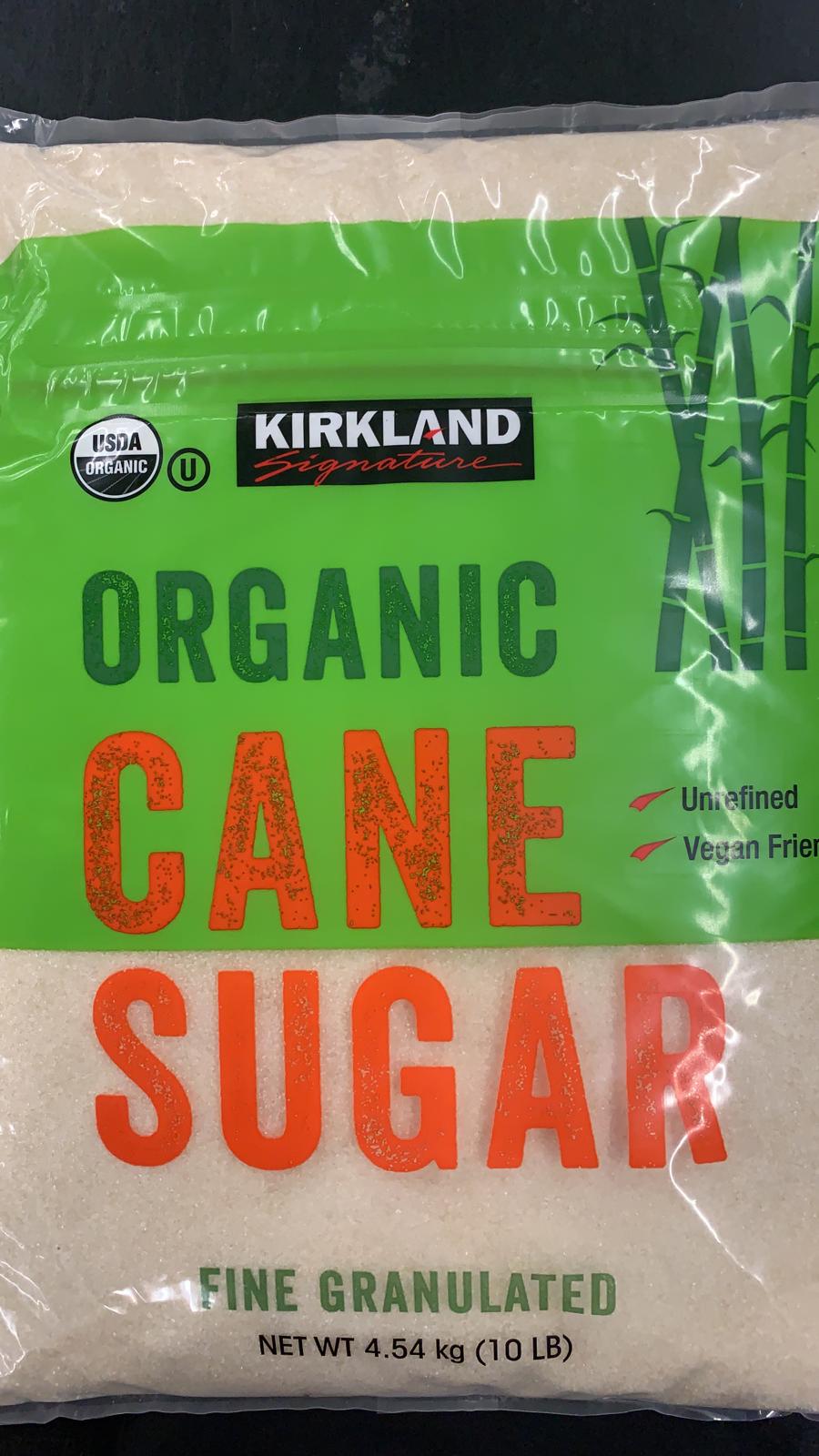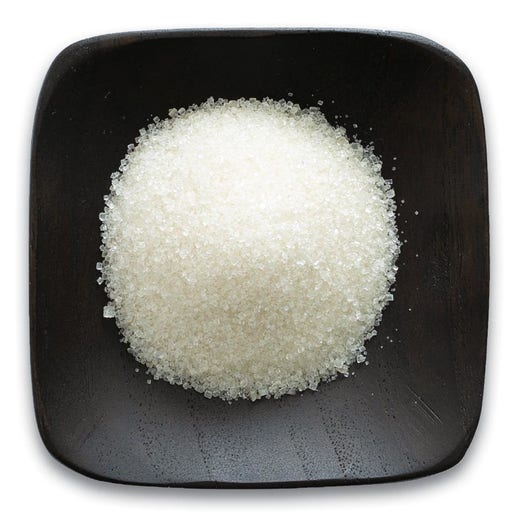Cane Sugar Processing Explained: What Happens Inside a Sugar Mill
Cane Sugar Processing Explained: What Happens Inside a Sugar Mill
Blog Article
Checking Out the Comprehensive Steps Entailed in Walking Stick Sugar Processing From Gathering to Refinement
The procedure of cane sugar manufacturing includes a series of intricate actions, beginning with the mindful harvesting of sugarcane and culminating in the refinement phases that make sure the final product satisfies market criteria. Each phase, from the removal of juice to the purification and condensation processes, plays an important duty in establishing the quality and character of the sugar. Recognizing these stages not just highlights the complexity of sugar production however additionally raises essential concerns regarding performance, sustainability, and development in the sector. What implications do these factors have for future techniques?
Harvesting Sugarcane
Harvesting sugarcane is a vital action in the walking cane sugar handling chain, as it straight influences the quality and yield of the end product. Appropriate timing and techniques are important during this phase to ensure optimal sugar content and reduce losses. Usually, sugarcane is gathered when it reaches maturity, usually 12 to 18 months after growing, defined by a high sucrose concentration.

Post-harvest, the sugarcane has to be refined promptly to avoid sucrose deterioration. Ideally, gathered cane should be transferred to refining facilities within 24 hr to protect sugar high quality. As a result, efficient logistical planning is important to preserve the integrity of the collected crop throughout the supply chain.
Extraction Refine

The smashed walking stick goes through a series of pressing operations to make best use of juice recuperation. Typically, hot water is sprayed onto the smashed walking cane, producing a countercurrent flow that helps liquify the sugar while also aiding in the extraction procedure. The juice accumulated from this procedure contains not only sugar yet likewise various natural substances and pollutants.

To improve removal performance, some centers might use diffusion methods, where the sugarcane is soaked in warm water, enabling the soluble sugars to diffuse right into the fluid. The resulting juice, rich in sucrose, is after that guided to succeeding handling phases, laying the foundation for filtration and improvement. The removal procedure is therefore critical in determining the quality and yield of the final sugar product.
Purification Methods
The filtration methods utilized in walking stick sugar processing are crucial for changing the raw juice into a top notch sugar item. These techniques mostly aim to eliminate pollutants, such as dirt, plant products, and not natural materials, which can detrimentally influence the end product's taste and shade.
This process involves adding lime and warm to the raw juice, which facilitates the coagulation of impurities. In addition, the usage of phosphoric acid can enhance the explanation process by more binding pollutants.
One more significant method is carbonatation, where carbon dioxide is presented to the made clear juice. This reaction generates calcium carbonate, which catches remaining contaminations and promotes their removal.
Furthermore, triggered carbon therapy might be related to adsorb any type of remaining colorants and natural contaminations, ensuring an extra polished product. The mix of these techniques effectively prepares the sugar juice for subsequent action in the refining process, setting the phase for hop over to these guys the manufacturing of high-quality walking cane sugar.
Crystallization Approaches
After the purification stage, the following crucial action in cane sugar processing entails condensation methods, which play an essential duty in transforming the cleared up juice right into strong sugar. This process usually uses two main techniques: spontaneous formation and controlled condensation.
In spontaneous crystallization, supersaturated sugar options are permitted to cool down normally, leading to the formation of sugar crystals over time. This technique enables for the uniform development of sugar crystals and greater pureness.
Throughout condensation, the cleared up juice is concentrated through dissipation, raising its sugar web content till it gets to supersaturation. When this point is attained, either approach can promote the formation process. Cane Sugar Processing. The resultant sugar crystals are then divided from the continuing to be syrup with centrifugation
Eventually, the selection of condensation approach influences the high quality, dimension, and pureness of the final sugar product, making this action essential in the total cane sugar processing procedure.
Improvement and Packaging
How can the purity and top quality of cane sugar be further improved after crystallization? The improvement procedure plays an important function in attaining high-quality walking cane sugar.
Next, the sugar undergoes a process called centrifugation, where it is rotated at high speeds to separate the detoxified sugar crystals from the continuing to be fluid. After centrifugation, the sugar is frequently additional improved with a technique called carbonization or phosphatation, which makes use of triggered carbon or phosphoric acid to get rid of shade and off-flavors.
Once improved, the sugar is dried out to accomplish the wanted moisture material, ensuring that it remains steady during storage and transportation. The last action entails packaging the refined sugar in closed and moisture-proof containers to preserve its top quality and prevent contamination. Cane Sugar Processing. Proper packaging not just extends shelf life but likewise facilitates easy handling and distribution, making sure that customers weblink receive sugar that satisfies the highest possible criteria of pureness and top quality
Conclusion
The extensive steps included in walking cane sugar handling, from the thorough harvesting of sugarcane to the detailed improvement and product packaging phases, underscore the relevance of each stage in ensuring premium sugar manufacturing. Ideal harvesting methods, efficient extraction approaches, and strenuous filtration processes collectively add to the final product's pureness and security. The condensation and subsequent packaging techniques better boost the stability and life span of the sugar, highlighting the complexity and accuracy integral in this essential farming sector.
The procedure of walking stick sugar production incorporates a collection of elaborate steps, starting with the cautious harvesting of sugarcane and culminating in the improvement phases that guarantee the last item satisfies industry criteria. Ideally, harvested walking cane must be delivered to processing facilities within 24 hours to maintain sugar high quality.In spontaneous crystallization, supersaturated sugar remedies are enabled to cool normally, leading to the formation of sugar crystals over time - Cane Sugar Processing. The improvement process plays a crucial duty in accomplishing top quality cane sugar.The detailed steps entailed in cane sugar handling, from the meticulous harvesting see this of sugarcane to the intricate improvement and packaging phases, underscore the relevance of each phase in making sure premium sugar production
Report this page